The superior advantages of MIM
Metal Injection Molding (MIM) is an advanced metalworking technology that combines two well-established injection molding and powder sintering technologies into the MIM manufacturing process. As a result, it is best suited for bulky, precision, complex metal parts. the choice of MIM materials is virtually unlimited, and any metal or alloy can be applied to the MIM manufacturing process, while they cannot be used in traditional metalworking methods, such as casting and machining. In short, the most common metal injection molding materials are stainless steel and other low-alloy steels.
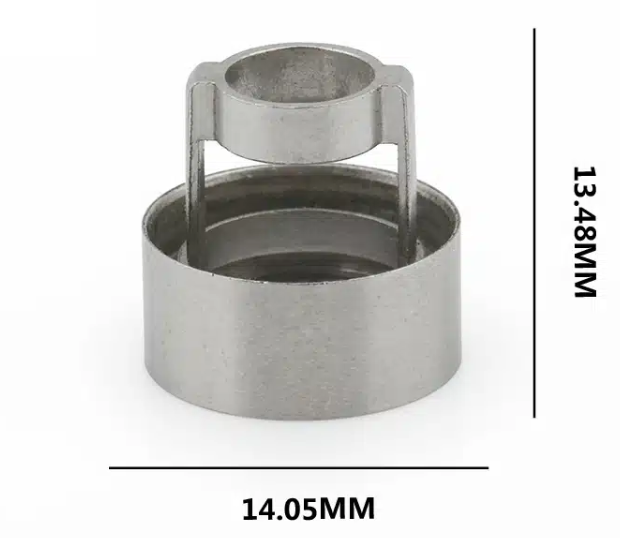
Machining is a traditional metalworking method in which the manufacturing process removes unwanted metal material from the original workpiece little by little until the final desired geometry is achieved. Machining is another alternative method of manufacturing parts that cannot be produced by die casting or investment casting. However, for tiny sizes and complex parts, this method is not the most cost effective solution.
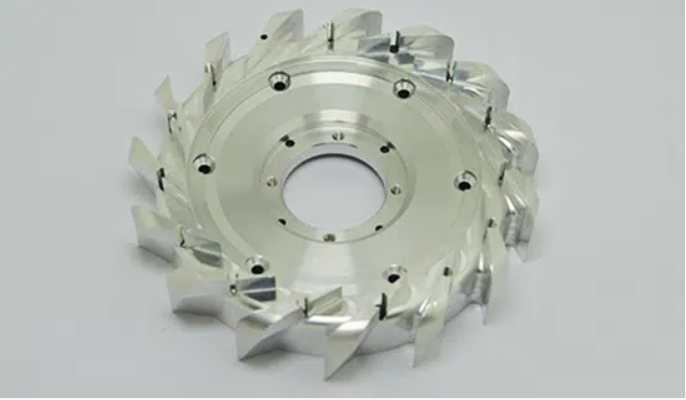
The similarity is that metal injection molding can produce finished parts with the same mechanical properties as machined parts. Typically, MIM parts can be used in the same areas as machined parts, such as medical, electronic, industrial and automotive. In special cases, MIM parts have a surface appearance similar to machined parts.
In the following table, we summarize the main properties of metal injection molding (MIM) and machining.
Parameters | Metal injection molding | Machining |
Density | 94-98% | 100% |
Surface Finsh | High | High |
Miniaturization | High | Low |
Geometric Complexity | High | Medium |
Design Flexibility | High | High |
Thin Wall Capability | High | Low |
Material Ranges | High | High |
Production Quantity | High | Low-medium |
Post-operation Feasibility | Good | Good |
Dimensional Tolerance | High | High |
There are some key differences between MIM and machining, all of which will help you find the method that best suits your specific project requirements.
MIM can meet the unique geometric shape and complexity capability requirements of any MIM component. In addition, part merging is widely used in the MIM design process to produce a single part with the required features. In contrast, machining can only provide limited complexity, design freedom and flexibility. It is difficult to manufacture complex structures, and cutting tools need enough workspace to achieve internal features. As we know, complex part structures will require more processing time, which will undoubtedly increase the total cost. Although MIM is the most cost-effective method, its cost is never affected by part geometry.
Although both MIM and machining can produce high-strength metal parts with excellent mechanical properties. We should note that MIM parts never need to bear induced stress or internal pressure during manufacturing. For specially designed parts, these stresses and pressures during processing will lead to deformation and failure of parts. MIM parts are injection molded by traditional methods, and then sintered in the furnace, finally forming solid metal parts. Therefore, the MIM process does not create any stress or pressure on the final part.
Metal injection molding uses metal raw materials in the injection molding process. Powder metal raw materials are molded under high temperature and high pressure to mass produce small precision parts. Therefore, it is suitable for small metal parts with complex shape and high precision. In addition, the technology provides high mechanical properties, strength, ductility and magnetic response.
Due to the flexibility of MIM technology, we can also customize the composition of MIM materials according to the specific attributes of customers. Our common metal injection molding materials include stainless steel, low alloy steel, copper alloy, titanium alloy, nickel alloy and tungsten alloy.
MIM is an ideal choice for mass production of small and complex geometric metal parts. After hot isostatic pressing (HIP) treatment, its density can reach 96% to 99%, or 100%. In addition, it has much lower cost than machined metal parts.
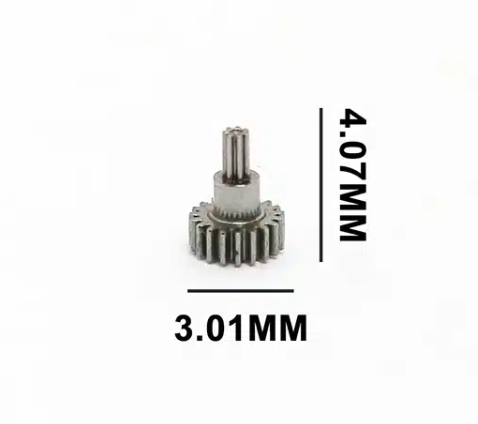
In the process of MIM production, the complexity of parts always determines the final mold investment. Complex part design really needs a mold with complex cavity to meet the part molding in the injection molding process. Therefore, the forming cost is the upfront cost before the manufacturing process. Otherwise, for the processing method, the main factor affecting the cost is the processing time. Any complexity of the part will increase the processing time, and eventually increase the additional cost.
In machining, the removal of metal materials from the block is an obvious material waste, which is inevitable because of its manufacturing method. However, MIM will not produce any material waste in the production process, so you can save costs.
Processing takes a long time to produce complex parts. Once you need mass production, the only way is to buy more CNC machines to produce more products. Otherwise, we have the most effective way to increase the MIM capacity without purchasing any new machines. Just plan our MIM part production process in the mass production plan.
Therefore, metal injection molding is suitable for mass automated production with consistent quality. However, machining is generally well suited for lower production volumes with complex shapes and tighter tolerances. In general, in the final application, there are very few finishing operations where MIM is a secondary tolerance requirement. Although the initial investment of MIM molding is very high, this cost is quickly recovered in mass production.
Expected tolerances for metal injection molding are ±2% to ±0.4%, with all final tolerances dependent on detail feature dimensions. Larger features will result in larger tolerances due to shrinkage errors during degreasing and sintering. We know that the typical shrinkage during sintering is 15% to 18%. Non-isotropy is another factor that affects the expected tolerances. In addition, gravity will cause more shrinkage in the vertical direction, while drag will cause less shrinkage in the longitudinal direction.
However, because the machining has precise control over the milling and turning tools, the final machined part has higher tolerances.
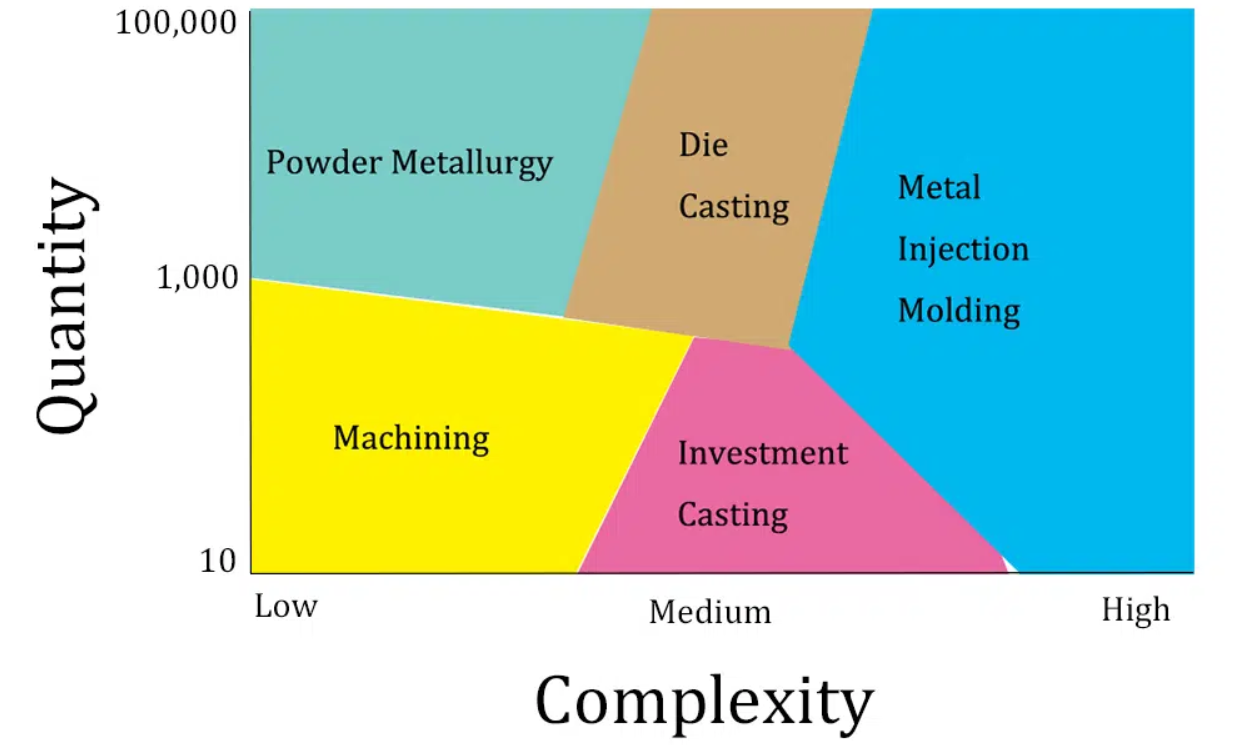
Metal injection molding is ideal for complex metal parts with assembly requirements, especially for high volume production of small precision parts with complex geometries. Therefore, MIM technology is the best choice for economical small part production. It offers more advantages and benefits for precision metal parts than mechanical machining technologies. The following table summarizes the common manufacturing characteristics of MIM versus machining.
MIM Advantages | Machining |
Complex geometries | Design limitations |
Highly automated processes | Labor-intensive processes |
Low cost | Costly process |
No secondary operation requirements | Possible secondary machining steps |
No material waste | Significant material waste |
High volume production | Low volume production |
Single tool forming | Multiple operations |
Thin wall features | Difficult to achieve thin walls |
Internal and external threads | Difficult internal threads |
Text and numbers in molding | Unmachinable text and numbers |
Compared to machining, MIM has some additional benefits in the manufacturing process.
Since machining produces parts in each individual process, each part has its own actual dimensions. Usually, these parts can be made to normal accuracy. Once you need high tolerance requirements, this will encourage you to complete a lot of human work. In MIM, it is easy to control our MIM parts with high precision by using multi-cavity technology.
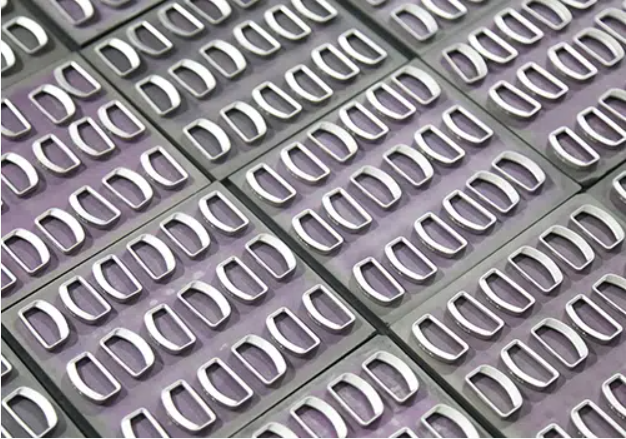
During machining, design complexity determines production time, which increases significantly with highly complex geometries. While there is little to no effect on complexity in MIM, MIM parts with the same material have similar cycle times, regardless of how complex the part is.
MIM technology can create parts by integrating individual parts, which will simplify the manufacturing process. In addition, there is no additional cost in terms of budget and performance.
Due to the surface roughness of MIM parts up to 0.2μm, their performance is similar to that of the raw material alloy. Functional parts do not require secondary operations.
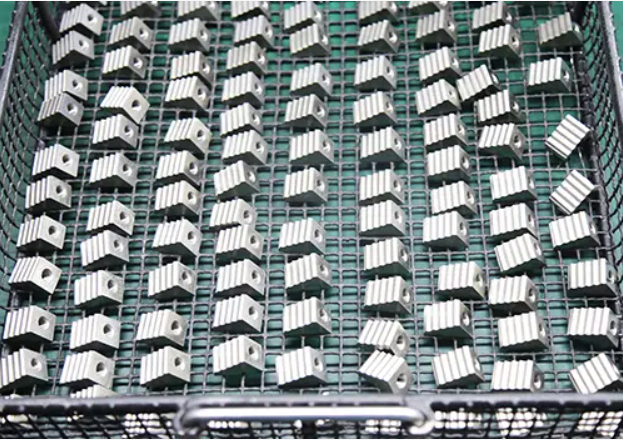
Compared to machining, MIM is the most cost effective in precision applications, especially in projects with high volume and complex requirements. BRM can produce high precision, complex geometric parts for your specific application without the need for post-operation. We also significantly reduce the costs associated with your secondary operations while increasing productivity.
Contact: Cindy Wang
Phone: +86 19916725892
Tel: 0512-55128901
Email: [email protected]
Add: No.6 Huxiang Road, Kunshan development Zone, JiangsuShanghai Branch: No. 398 Guiyang Rd, Yangpu District, Shanghai, China